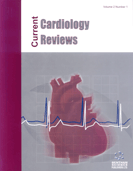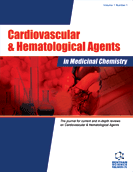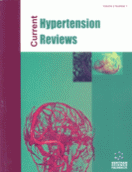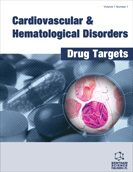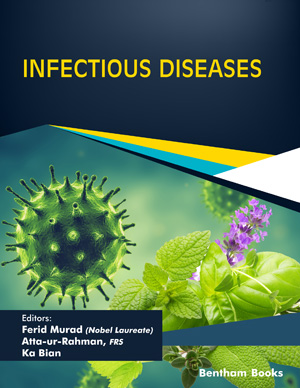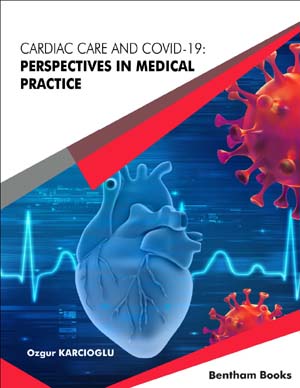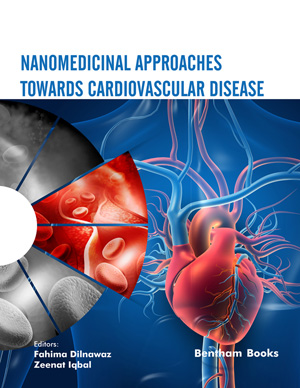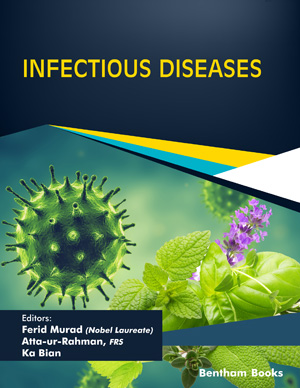Abstract
During the past years transcatheter aortic valve implantation (TAVI) has evolved to a standard technique for the treatment of high risk patients suffering from severe aortic stenosis. Worldwide the number of TAVI procedures is increasing exponentially. In this context both the transapical antegrade (TA) and the transfemoral retrograde (TF) approach are predominantly used and can be considered as safe and reproducible access sites for TAVI interventions. As a new technology TAVI is in a constant progress regarding the development of new devices. While in the first years only the Edwards SAPIENTM and the Medtronic CoreValveTM prostheses were commercial available, recently additional devices obtained CE-mark approval and others have entered initial clinical trials. In addition to enhance the treatment options in general, the main driving factor to further develop new device iterations is to solve the drawbacks of the current TAVI systems: paravalvular leaks, occurrence of AV-blocks and the lack of full repositionability.
Keywords: Transapical, transfemoral, transcatheter aortic valve implantation, aortic valve stenosis.
Current Cardiology Reviews
Title:Recent Advances in Transcatheter Aortic Valve Implantation: Novel Devices and Potential Shortcomings
Volume: 9 Issue: 4
Author(s): J. Blumenstein, C. Liebetrau, A. Van Linden, H. Moellmann, T. Walther and J. Kempfert
Affiliation:
Keywords: Transapical, transfemoral, transcatheter aortic valve implantation, aortic valve stenosis.
Abstract: During the past years transcatheter aortic valve implantation (TAVI) has evolved to a standard technique for the treatment of high risk patients suffering from severe aortic stenosis. Worldwide the number of TAVI procedures is increasing exponentially. In this context both the transapical antegrade (TA) and the transfemoral retrograde (TF) approach are predominantly used and can be considered as safe and reproducible access sites for TAVI interventions. As a new technology TAVI is in a constant progress regarding the development of new devices. While in the first years only the Edwards SAPIENTM and the Medtronic CoreValveTM prostheses were commercial available, recently additional devices obtained CE-mark approval and others have entered initial clinical trials. In addition to enhance the treatment options in general, the main driving factor to further develop new device iterations is to solve the drawbacks of the current TAVI systems: paravalvular leaks, occurrence of AV-blocks and the lack of full repositionability.
Export Options
About this article
Cite this article as:
Blumenstein J., Liebetrau C., Linden Van A., Moellmann H., Walther T. and Kempfert J., Recent Advances in Transcatheter Aortic Valve Implantation: Novel Devices and Potential Shortcomings, Current Cardiology Reviews 2013; 9 (4) . https://dx.doi.org/10.2174/1573403X09666131202124807
| DOI https://dx.doi.org/10.2174/1573403X09666131202124807 |
Print ISSN 1573-403X |
| Publisher Name Bentham Science Publisher |
Online ISSN 1875-6557 |
 16
16
- Author Guidelines
- Bentham Author Support Services (BASS)
- Graphical Abstracts
- Fabricating and Stating False Information
- Research Misconduct
- Post Publication Discussions and Corrections
- Publishing Ethics and Rectitude
- Increase Visibility of Your Article
- Archiving Policies
- Peer Review Workflow
- Order Your Article Before Print
- Promote Your Article
- Manuscript Transfer Facility
- Editorial Policies
- Allegations from Whistleblowers
- Announcements
Related Articles
-
Renin-Angiotensin System in Central Nervous System Diseases and its Interaction with COVID-19
Current Medicinal Chemistry Chemistry and Pharmacology of Bioactive Molecule -Coenzyme Q10: A Brief Note
Current Bioactive Compounds Sepsis and Solid Organ Transplantation
Current Drug Targets Aetiology, Diagnosis and Treatment of Hydrops Foetalis
Current Pediatric Reviews The Valsalva Maneuver and Alzheimers Disease: Is there a link?
Current Alzheimer Research Management of Asymptomatic Severe Aortic Stenosis
Current Cardiology Reviews Neonatal Brain Hemorrhage (NBH) of Prematurity: Translational Mechanisms of the Vascular-Neural Network
Current Medicinal Chemistry Therapeutic Effects of Renal Denervation on Renal Failure
Current Neurovascular Research The Use of Exercise Echocardiography in the Evaluation of Mitral Regurgitation
Current Cardiology Reviews Gap Junctions as Therapeutic Targets in Brain Injury Following Hypoxia- Ischemia
Recent Patents on CNS Drug Discovery (Discontinued) Contemporary Treatment of Amyloid Heart Disease
Current Pharmaceutical Design Alcohol Septal Ablation for Hypertrophic Obstructive Cardiomyopathy
Current Cardiology Reviews Therapeutic Utilities of Pediatric Cardiac Catheterization
Current Cardiology Reviews Current Indications for Implantable Cardioverter Defibrillators in Non-Ischemic Cardiomyopathies and Channelopathies
Reviews on Recent Clinical Trials New Insights into the Surgical Management of Tetralogy of Fallot: Physiological Fundamentals and Clinical Relevance
Current Pediatric Reviews Pharmacological manipulation of peripheral vascular resistance in special clinical situations after pediatric cardiac surgery
Current Vascular Pharmacology Applied Pathology for Interventions of Coronary Chronic Total Occlusion
Current Cardiology Reviews Treatment of Experimental Myocarditis via Modulation of the Renin-Angiotensin System
Current Pharmaceutical Design Sympathetic Overactivity in Hypertension and Cardiovascular Disease
Current Vascular Pharmacology Carotid Baroreceptor Stimulation: A Promising Approach for the Management of Resistant Hypertension and Heart Failure
Current Vascular Pharmacology


